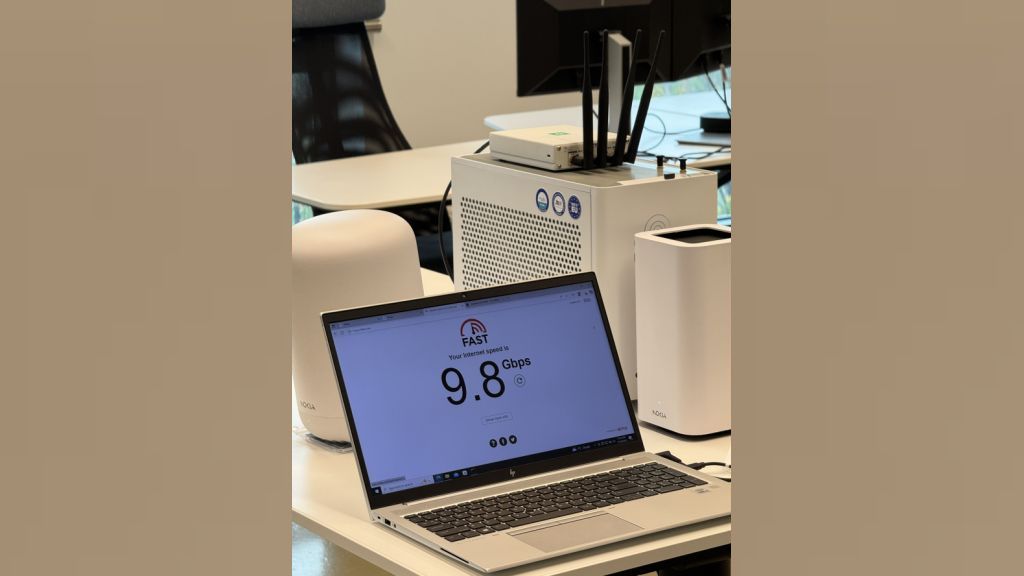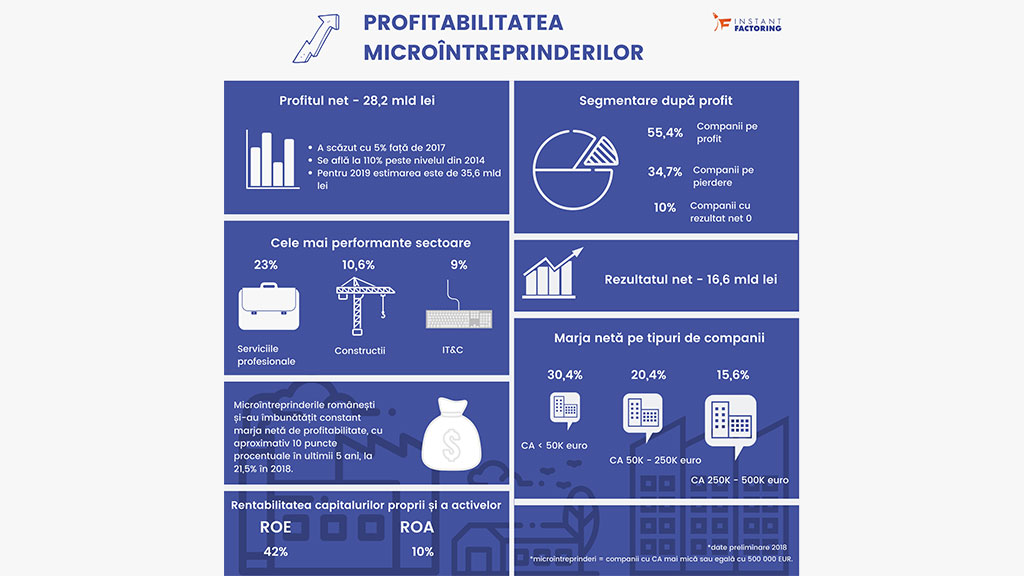Many of us are involved or carry out processes without even thinking that we are doing this. We simply do our business. Based on the use of resources, we expect some results. In business, examples of such processes include: recruiting staff, billing, research, reconciling accounts.
A process is a repetitive and systematic series of activities where inputs (resources used) are modified for a result of value for the company. The value of the result is given, among other things, by the costs incurred to achieve it.
Therefore, it is relevant for companies to use the Cost of Poor Quality (COPQ) tool in estimating the value of a product / service, as is known in the Six Sigma methodology. This tool is an opportunity for financial optimization by reducing tangible or intangible costs. COPQ measures revenue reduction due to errors / defects or other inefficiencies of the process that we want to eliminate.
4 elements compose COPQ
1. External costs – costs associated with the final product relevant to the consumer. For example: warranty, customer complaint-related travel and customer charge-back costs.
2. Internal costs – generated by the possibilities of error identified in a process within the company. For example: error proofing devices.
3. Prevention costs – costs associated with product quality, seen as an investment that companies do to ensure product quality. For example: certification of suppliers.
4. Detection costs – costs associated with inspections and auditing of products / services. For example: vendor auditing, sorting of incoming components.
Since COPQ (cost of por quality) is an instrument that represents an opportunity to reduce tangible or intangible costs, its image is similar to that of an iceberg.
On the surface are the visible / tangible costs: rejects, rework, inspection, warranty. Below are the invisible / intangible costs: loss of sales opportunities, delays in delivery, excess inventory, time value of money, lost customers loyalty. Companies can easily see tangible costs. More challenging is to identify and eliminate those that are hidden.
COPQ is an indicator calculated as a percentage of earnings. In this respect, it has been estimated that tangible costs such as warranty, inspection, rework are between 4% and 10% of each RON from sale.
In the case of intangible costs, they represent between 20% and 35% of sales. If we make an average of tangible and intangible costs, it appears that about 20% of a company's revenue is the cost of poor quality, so losses.
7 strategies to minimize cost of poor quality
1. The traceability of the product’s quality, the processes involved in its production and distribution – without clear monitoring, increases the probability of delivery delays, defects, process instability. Traceability shortens the track down of the root cause; thus, it can easily be addressed.
2. Maintenance and prevention procedures – helps to assess potential losses, estimate the frequency of the failure and reduce its impact.
3. Periodic internal quality audit – helps to keep track of potential product or process nonconformities. Failure to recognize them may have, over time, the effect of the snowball that puts the business at risk.
4. Supplier quality improvement programs – implementation of charge-back programs in the case of non-compliant deliverables that can monitor supplier's performance, ensure business discipline and supply chain accountability.
5. Centralizing consumer complaints and response management – keeping track of consumer complaints, indexing them by subject / department, analyzing them and offering solutions. Identifying and managing complaints helps the company to be aware of minor incidents, with disaster potential in time, and to implement corrective and preventive measures.
6. Efficient training for employees and suppliers – providing regular training, tests and awareness programs can provide a common understanding of policies, regulations or other qualitative metrics.
7. Documentation management – centralized electronic storage with applicable access rights, of relevant policies, contracts, standard practices, good practice guides, regulations and other documents to reduce the likelihood of non-conformity, product defects and rework.





























